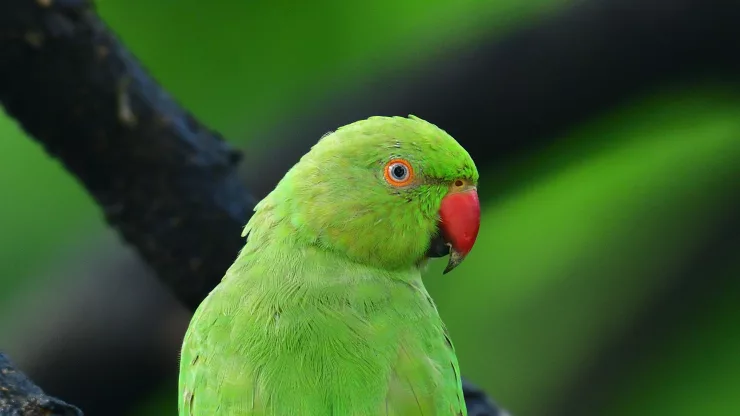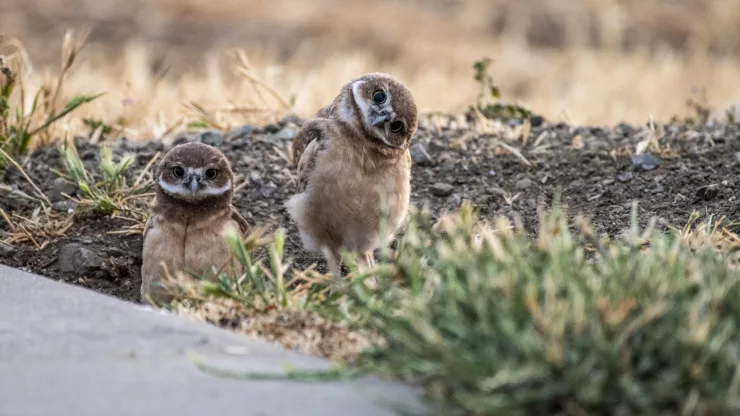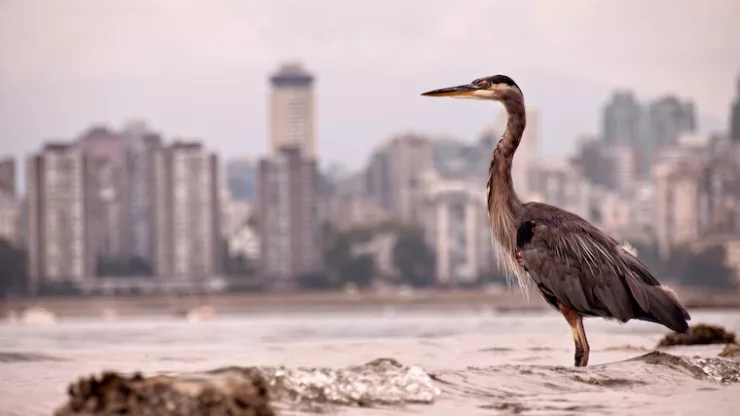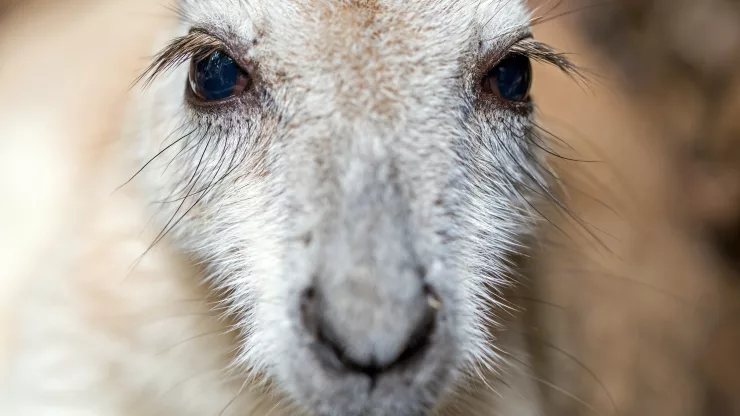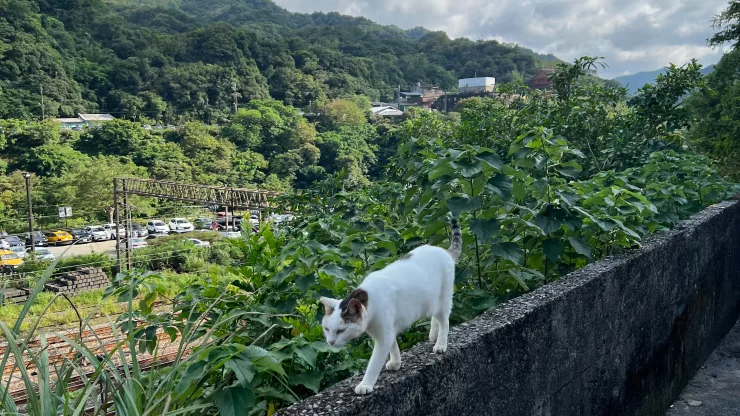Urbanization has become a global trend, with more people moving into cities every day.
As cities continue to expand, the impact on urban wildlife and ecosystems becomes more significant.
However, it is possible to build sustainable cities that support both human and wildlife populations.
By understanding the importance of urban wildlife and ecosystem resilience, examining the effects of human activities on urban wildlife, building sustainable cities for urban wildlife, and promoting awareness and community involvement, we can create a better future for both people and wildlife.
Jump to Section
Introduction
Urbanization has brought many benefits to people, including better access to jobs, education, and healthcare. However, as cities grow, they also impact the natural world around them.
Urbanization can lead to habitat loss, fragmentation, and degradation, which can have negative effects on wildlife populations and ecosystems.
It is essential to find ways to build sustainable cities that can support both human and wildlife populations.
Understanding the Importance of Urban Wildlife and Ecosystem Resilience
Urban wildlife plays an important role in maintaining healthy ecosystems within cities.
They can help pollinate plants, disperse seeds, control pests, and provide other ecosystem services.
Moreover, they can improve people’s quality of life by providing opportunities for recreation and enjoyment.
The resilience of urban ecosystems relies on the presence of wildlife, and their ability to adapt to changing conditions.
The Impact of Urbanization on Wildlife
Examining the Effects of Human Activities on Urban Wildlife
Human activities can have a significant impact on urban wildlife populations.
These activities include habitat destruction, pollution, and the introduction of non-native species. Such activities can lead to the decline or extinction of some species, while others may become more abundant due to changes in their habitat or food sources.
The Role of Urbanization in Habitat Fragmentation
Urbanization can lead to habitat fragmentation, which occurs when a large, continuous habitat is broken up into smaller, isolated fragments.
This can make it more difficult for wildlife to move between habitats, find food and shelter, and reproduce.
Habitat fragmentation can lead to a decline in wildlife populations and a loss of biodiversity.
The Consequences of Disrupting Urban Wildlife Ecosystems
Disrupting urban wildlife ecosystems can have negative consequences for both wildlife and people.
For example, a decline in pollinators can lead to a decrease in crop yields and food security.
Moreover, wildlife can sometimes carry diseases that can be transmitted to humans.
Disrupting urban wildlife ecosystems can also lead to a decline in the quality of life for people, as they lose access to green spaces and other benefits that urban wildlife provides.
Building Sustainable Cities for Urban Wildlife
The Necessity of Creating Sustainable Urban Landscapes
Creating sustainable urban landscapes is essential for supporting urban wildlife populations.
This includes preserving and restoring natural habitats, reducing the use of pesticides and other harmful chemicals, and promoting sustainable land management practices.
Designing Wildlife-Friendly Urban Infrastructure
Designing wildlife-friendly urban infrastructure is also crucial in building sustainable cities.
This includes incorporating wildlife crossings, green roofs, and other features that can provide habitat and connectivity for urban wildlife.
The Benefits of Incorporating Green Spaces in Cities
Incorporating green spaces in cities can have many benefits for both people and wildlife. Green spaces can help reduce air pollution, regulate temperatures, and provide habitat for wildlife.
Moreover, they can provide opportunities for recreation, relaxation, and cultural activities.
Promoting Awareness and Community Involvement
Engaging the Public in Wildlife Conservation Efforts
Engaging the public in wildlife conservation efforts is critical in building sustainable cities.
This can include citizen science programs, wildlife monitoring, and community-based conservation programs.
The Importance of Education and Outreach Programs
Education and outreach programs can also play a vital role in promoting awareness and community involvement in wildlife conservation efforts.
These programs can help people understand the importance of wildlife and their role in maintaining healthy ecosystems.
The Role of Citizen Science in Monitoring Urban Wildlife Populations
Citizen science can be a valuable tool in monitoring urban wildlife populations.
Citizen scientists can help collect data on wildlife populations, habitat quality, and other factors that can help inform conservation efforts.
Case Studies
Successful Urban Wildlife Conservation Programs in Cities
| City | Program | Results |
|---|---|---|
| New York City | Million Trees NYC | Planted over one million trees, providing habitat for urban wildlife and improving air quality. |
| Los Angeles | Wildlife Crossing | Built a wildlife crossing over a busy highway, allowing wildlife to move safely between habitats. |
| Singapore | Garden City | Created a network of green spaces throughout the city, providing habitat for urban wildlife and improving the quality of life for people. |
The Impacts of Urbanization on Specific Wildlife Species
Urbanization can have significant impacts on specific wildlife species. For example, the loss of wetlands can lead to a decline in amphibian populations.
The introduction of non-native species can also have negative impacts on native wildlife populations.
Examples of Cities that Have Successfully Balanced Urbanization and Wildlife Conservation
Several cities around the world have successfully balanced urbanization and wildlife conservation.
For example, Singapore’s Garden City program has created a network of green spaces throughout the city, providing habitat for urban wildlife and improving the quality of life for people.
Conclusion
The Urgency of Promoting Ecosystem Resilience in Urban Areas
Promoting ecosystem resilience in urban areas is critical for supporting both human and wildlife populations.
By building sustainable cities, preserving natural habitats, and promoting awareness and community involvement, we can create a better future for both people and wildlife.
The Need for Continued Efforts to Build Sustainable Cities for Urban Wildlife
Building sustainable cities for urban wildlife requires ongoing effort and commitment.
It is essential to continue to promote awareness and community involvement, engage in conservation efforts, and design wildlife-friendly urban infrastructure.
By working together, we can create a future where both people and wildlife can thrive.
FAQ
What is urban wildlife?
Urban wildlife refers to the animals that live in urban areas, including cities and suburbs.
These animals can include birds, mammals, reptiles, amphibians, and insects.
Why is urban wildlife important?
Urban wildlife is important because it plays a vital role in maintaining healthy ecosystems within cities.
They can help pollinate plants, disperse seeds, control pests, and provide other ecosystem services.
How can we build sustainable cities for urban wildlife?
We can build sustainable cities for urban wildlife by creating sustainable urban landscapes, designing wildlife-friendly urban infrastructure, incorporating green spaces in cities, engaging the public in wildlife conservation efforts, and promoting education and outreach programs.
I’m a nature enthusiast and creator of Metro Wilds and have spent years exploring the great outdoors.
With a passion for environmental conservation and sustainability, I have dedicated my career to writing about the beauty and wonders of nature, as well as the threats facing our planet.
Contact me at [email protected] for assistance.

